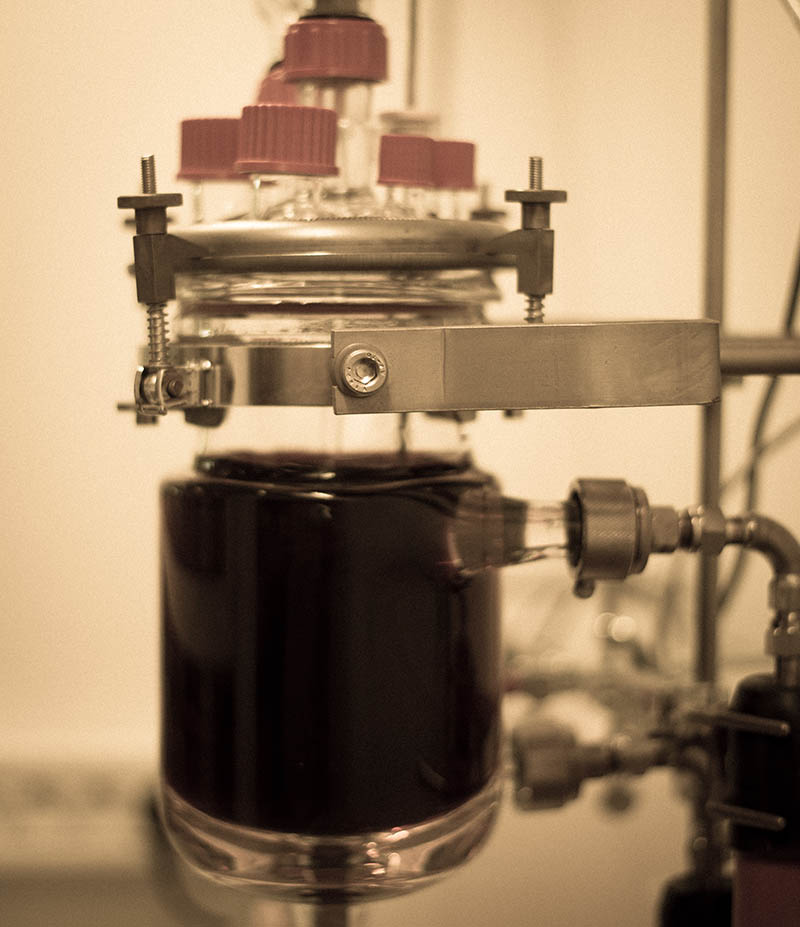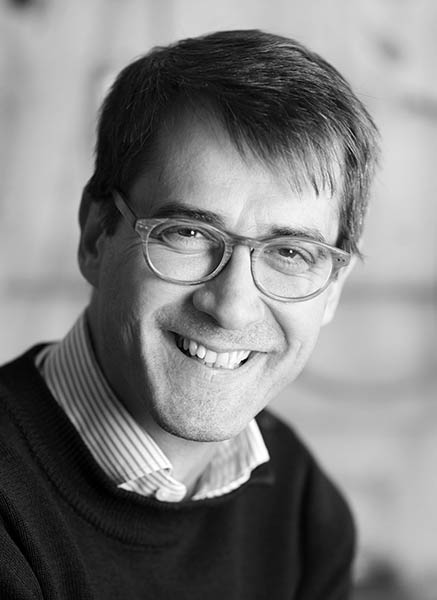From lab to industry
Nexdot was founded in 2010 on the initiative of Benoit Dubertret and Maurice Guillou, to capitalize on fundamental research results obtained at the Laboratoire de Physique et d’Étude des Matériaux of the ESPCI (Ecole Supérieure de Physique et Chimie Industrielles de la Ville de Paris).
Nexdot’s work focuses on the production and synthesis of Quantum Plates, a completely new generation of Quantum Dots.
Quantum Plates are solid material structures in the nanometer range, whose optical and electronic properties depend directly on size, and can be controlled with atomic precision over thickness. This makes them a material of the future in many industrial fields, including display manufacturing, lighting, energy storage, infrared detection or medical imaging.
In March 2014, Nexdot won the Concours Mondial de l’Innovation for its Nexcap project. This project uses Quantum Plates to design a new generation of batteries with extremely fast charge/discharge cycles.
Nexdot is rapidly developing its expertise in the surface chemistry of Quantum Plates, a key factor in their integration into manufacturing processes.


A fast-growing business
In May 2014, Nexdot helped organize the “30 years of colloidal quantum dots” conference in Paris, bringing together all the global players in the sector, in particular Louis Brus, Aleksey Yekimov and Alexander. L. Efros, the three researchers behind the discovery of quantum dots.
In 2016, Nexdot hires Philippe Gounine as CEO, and raises €3.5 million from external investors. These funds are used to build a team of PhDs, engineers and technicians with top-level skills in the field, making it a leading research team. They will also enable the acquisition of additional equipment, essential for adapting synthesis methods to industrial scale. These investments will also accelerate the development of specific characterization methods for adapting quantum plates to existing production lines, notably for the manufacture of displays and lighting equipment.
In 2016, Nexdot moves from the ESPCI premises to the Biocitech technology center, with several larger laboratories better suited to its activity.


